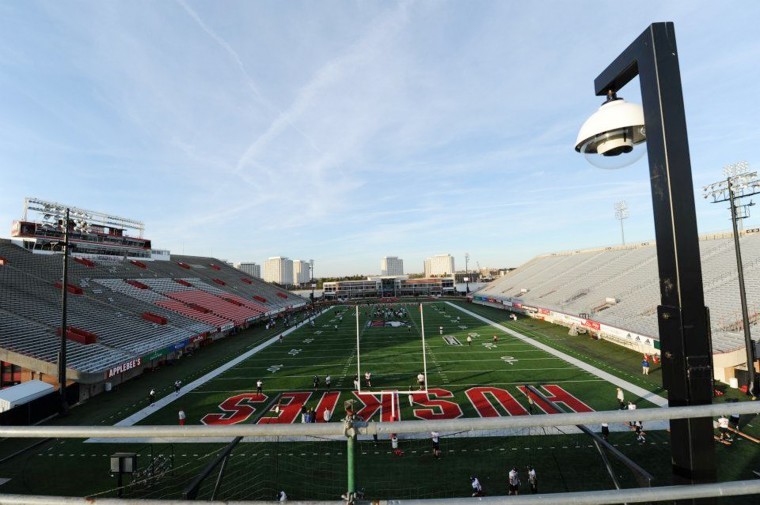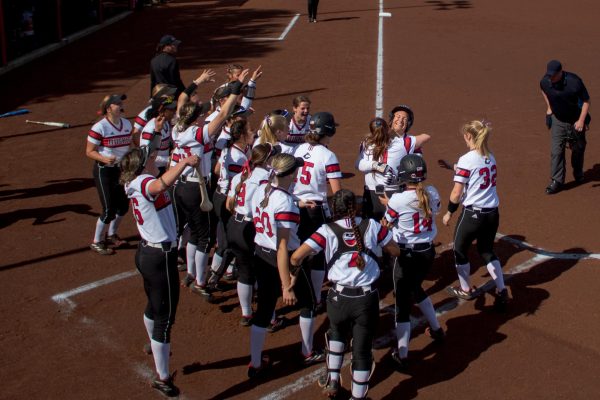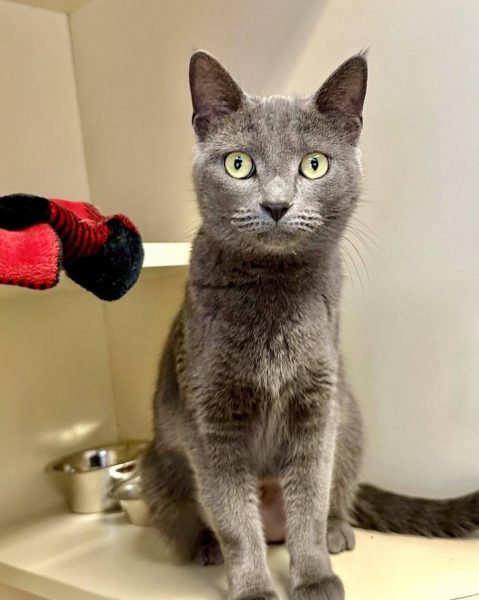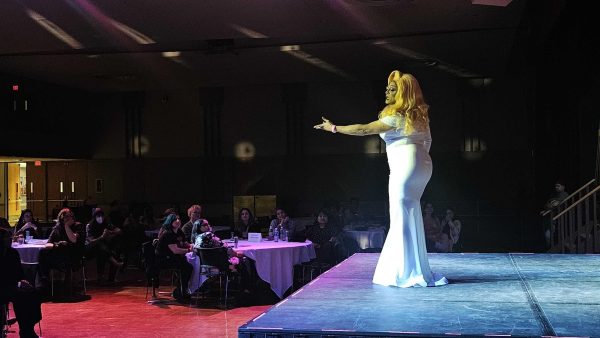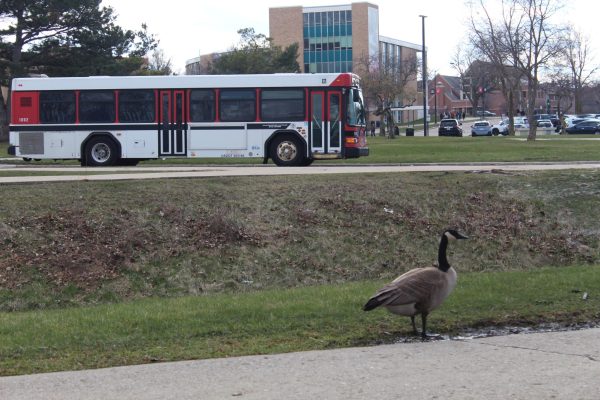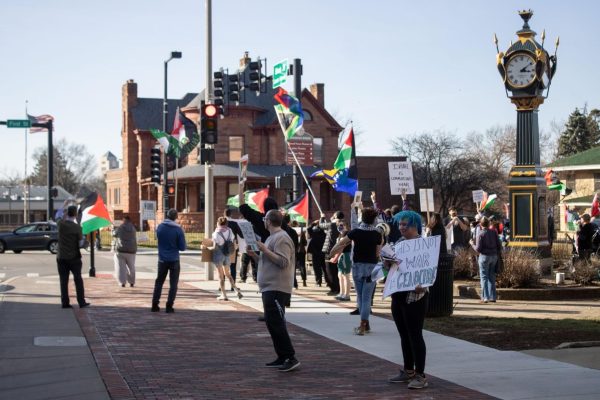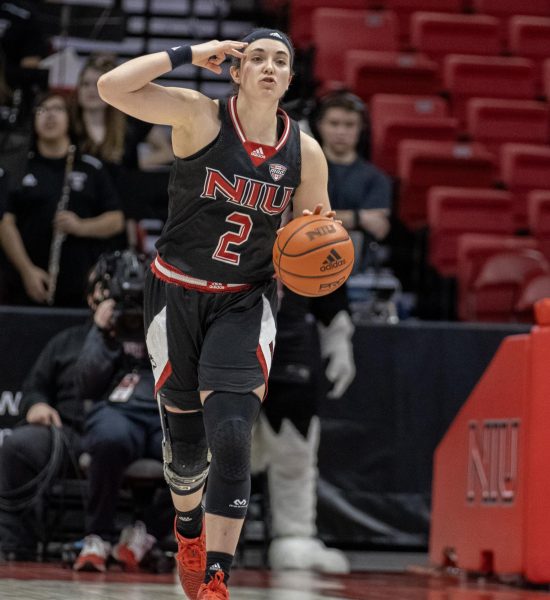Athletics’ upgrades, costs to be proposed in August
July 6, 2014
As Athletics Director Sean Frazier nears his one-year anniversary at NIU, his Facilities Master Plan is rounding third base and heading for home.
The Facilities Master Plan includes a comprehensive review of each individual sport and its facility in order to determine the need for enhancements, upgrades or renovations. Frazier said he expects the Facilities Master Plan to be completed no later than the middle of August. The finalized plan will be proposed to the university before moving forward.
“Overall, from a facilities master planning process, the whole idea there is to get all of our needs in the queue for conversation and development and, quite frankly, our maintenance protocol on that,” Frazier said. “[The] last time we had a facilities master plan was in 1991, so it’s about that time we dust things off and be more competitive on it.”
Frazier has partaken in tours of other schools’ facilities to get a better idea of possible enhancements, upgrades or renovations at NIU.
He has also had meetings with AECOM, the architecture group NIU has contracted. He said he’s “lightly” talked with AECOM about some cost estimations, but he said those estimations were “nowhere next to where we need to be.”
In regard to potential renovations at Huskie Stadium, Frazier and the Athletics Department sent out a survey, which can still be taken at niuhuskies.com, about premium seating and amenities. Frazier said he’s “very lightly” looked at the survey results as of Wednesday.
“At first glance it was clear that we have some work to do with upgrading our facilities … ,” Frazier said. “The whole idea there was to have this relationship via the survey to hear what [the respondents are] about, and thousands of people responded … so that actually gave me a pep in the step even further.”
Frazier said he doesn’t expect to send out surveys for each individual sport and facility “unless we’re going to do a major renovation in a particular sport that will have that impact,” but the Athletics Department will continue to go through a review with each sport’s alumni base.
For Frazier, there’s no “I” in planning or execution; it’s always a “we” approach.
“It’s not just me in the back room with the flashlight saying that that’s maybe what we should do first,” Frazier said. “Now we’ve got a collective input from faculty, students, staff, alumni [and] supporters boiling that information down along with professionals that do this for a living, which is our AECOM architecture group … . [We’re] taking all of that and making decisions based on data-driven decisions, not on things that might sound good to one or two people.”



